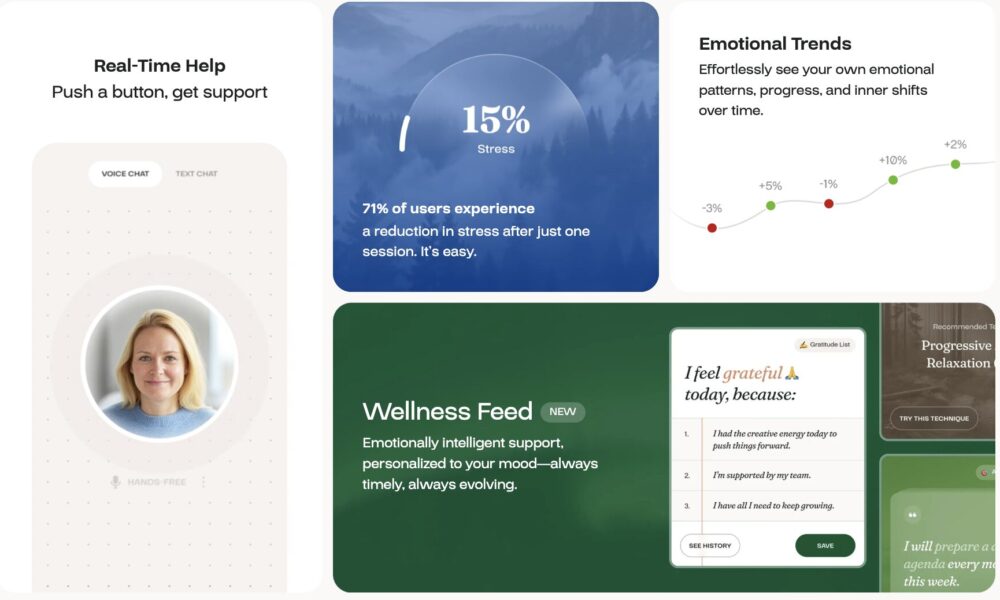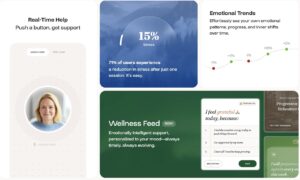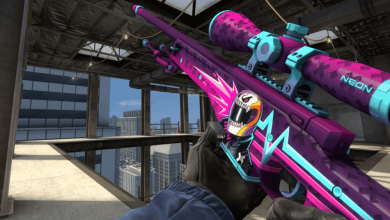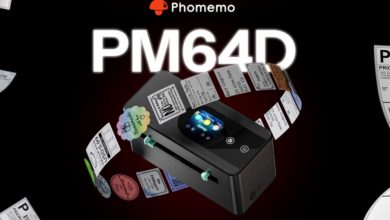Why Workplace Burnout Is Booming: Mental Wellness Apps Like Yuna Could Bend the Curve

“Is anyone else ridiculously tired right now?”
Scroll through LinkedIn or Slack on any given Wednesday and you’ll see variations of that question everywhere. Two years after the phrase “quiet quitting” went viral, the loud truth is that workplace stress hasn’t quieted down at all. In fact, the American Psychological Association’s brand-new 2025 Work in America survey found that 54 % of U.S. workers say job-insecurity alone is having a significant impact on their stress levels and more than a third fear losing their jobs within the next 12 months.
Sky-high burnout rates are driving attrition and eroding productivity. Forward-thinking HR teams know they can’t yoga-mat their way out of this. What’s needed is a faster, more frictionless layer of support that slots into the workday as naturally as firing off a DM.
From Mood Rings to Machine Learning: The Tech Wellness Boom
Technology has raced to fill the mental-health gap over the past decade. In the article Mental Health and Tech, we explored how digital therapy platforms, self-guides apps and on-demand tele-coaching are now table stakes in many benefits packages.
Even the best human-led solutions collide with three stubborn realities:
- Wait times—Booking a licensed therapist can take weeks, sometimes months.
- Cost—Live coaching or counseling doesn’t scale cheaply across thousands of employees.
- Stigma & scheduling—People still hesitate to “book an appointment” for feelings that bloom at 2 a.m. or five minutes before a client pitch.
Those speed bumps explain why usage of traditional employee assistance programs still hoversin the single digits, evenwhen demand for help is sky-high.
Yuna Health Announces Its AI-powered Wellness Coach
Enter Yuna, an AI-powered coaching companion that lives in the moments between crisis and clinical care. The App debuted at SHRM yesterday under the premise: If you can text a friend, you can talk to Yuna—any time, anywhere, in under a second.
“We didn’t build Yuna to replace therapy,” says founder & CEO Grant Winns. “We built it for the millions who may never reach a therapist or are stuck waiting, yet still deserve to feel heard, grounded and okay in the meantime.”
Here’s how Yuna works:
- Always-on chat powered by large-language models fine-tuned by psychologists.
- Evidence-based prompts rooted in CBT, mindfulness and emotion-regulation techniques.
- Crisis escalation that routes users to resources like 988 in the U.S. if red-flag keywords appear.
- Blind-spot privacy—employers see only anonymized trend data, never individual transcripts.
That last point matters. One reason adoption lags in wellness programs is fear of surveillance. Yuna’s zero-identifiable-data posture lets HR pinpoint population-level spikes in stress (say, after a big reorg) without singling anyone out.
Why “Instant” Matters
If today’s workforce is conditioned to expect a two-day Amazon delivery window, waiting three weeks for mental-health care feels prehistoric. Yuna’s response time takes the pain point of delay off the table. Are you a night-shift warehouse worker? Or a Remote coder pulling an all-nighter in Manila? Same response speed, same quality.
The “always available” model mirrors the trajectory of other corporate wellness tech. Experts have pointed out that leaders must meet employees on their terms, not force them into rigid wellness portals and office-hours counseling. Instant, asynchronous support checks that box.
Does It Actually Work?
Yuna says that in a six-week beta across 50,000 users, the App saw:
- 70 % daily engagement: far higher than typical EAP usage.
- Average session length: 5–7 minutes (about the length of a coffee break).
- Self-reported stress reduction: 38 % after a single session.
Numbers aside, HR leaders value the qualitative ROI: fewer late-night panicked emails, lower manager firefighting, and a morale boost that comes from employees feeling seen—even by a bot.
Ambient Well-Being is Growing in Demand
Yuna isn’t alone in chasing “ambient” mental wellness. Wearable devices that nudge users to breathe, Slack extensions that suggest a short walk, even intelligent office lighting. All solutions point to weaving mental-health micro-interventions into everyday workflows. It’s the same movement highlighted in The Intersection of Wearable Tech and Mental Health.
What makes AI chat particularly sticky is its increasingly conversational nature. Humans are wired for dialogue. A well-trained model can mirror empathy, offer perspective, and guide a user through a grounding exercise in the time it takes to microwave lunch.
What HR Should Watch For
- Data boundaries – Vet any AI vendor’s privacy architecture carefully.
- Clinical guardrails – Ensure escalation protocols meet legal and ethical standards.
- Cultural fit – Voice and tone matter; a Gen-Z intern and a Gen-X manager may resonate with different language styles.
- Measurement – Pair anonymized sentiment data with traditional KPIs like absenteeism and retention to track impact.
The future of Workplace Wellness
Workplace mental health strategies no longer hinge on a single benefit. They’re ecosystems of complementary tools. Meditation sessions, human therapists and AI coaches can coexist, each hitting a different pain point on the stress spectrum.
Will AI replace human empathy? Of course not. But as day-to-day pressure mounts and budgets tighten, tools like Yuna demonstrate that immediate, judgment-free check-ins are no longer science fiction. They’re fast becoming the new hygiene factor of progressive workplaces.
If your company still relies on an EAP pamphlet gathering dust in the break room, it may be time to ask: “What could one second of support be worth to my team?” Judging by the numbers, the answer might be everything.
While Yuna seems to currently be marketed towards HR departments, its website Yuna.io offers both enterprise services and Individual use options for affordable wellness.

Source: Why Workplace Burnout Is Booming: Mental Wellness Apps Like Yuna Could Bend the Curve






